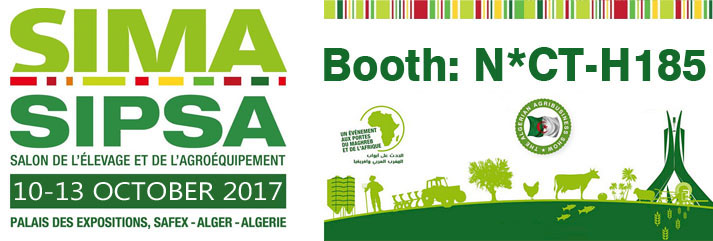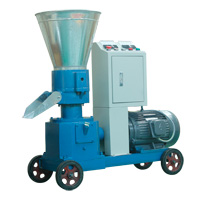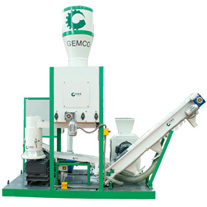

how to make wood pellets?
Wood pellets are made from such kind of raw materials as waste wood pieces, wood sawdust, tree branch, log, wood shaving, and some other forms of wood by-product. The technical process goes this way:
Raw material collection—raw material crushing (hammer mill)—raw material drying (dryer)—pelletizing (pellet mill machine)— cooling and sieving (pellet cooler)—packaging.
As for small scale production, for example, make wood pellets at home, the wood pellet sieving machine and packing machine are unnecessary.
What are the features of wood pellets made by GEMCO wood pellet mill?
-
 The wood pellet mill makes full use of waste materials like waste wood, and also crop waste like corn stalk, peanut shell, etc. So pellets fuel is renewable.
The wood pellet mill makes full use of waste materials like waste wood, and also crop waste like corn stalk, peanut shell, etc. So pellets fuel is renewable. - The pellets density is 1100kg/m3, while the raw material density is 110-130kg/m3, which means pellets are much more convenient for delivery and storage. The volume of wood pellets is 1/30~40 of raw material, while the specific gravity is 10-15 times of raw material.
- At the same time, their combustion performance is greatly improved. Wood pellets heat value can reach 3400~6000kcal/kg, which makes it a solid fuel with high volatile phenol.
- The wood pellets, as a kind of new type biofuel, can replace wood, raw coal, fuel oil, and liquefied gas, etc. to be used for heating, home stoves, hot water boilers, industrial boilers, biomass power plants, etc.
How to judge the quality of wood pellets you make?
If we simply say to judge from the size, uniformity, color and density of wood pellets, it might be a little too obscure. Here we’d like to tell you an easy and practical test method:- Eligible wood pellets moisture content shall be lower than 10%; and from mechanical point of view, the higher density an object has, the harder it is. So the easiest way to test wood pellets quality is: put the pellets in a cup of water; if they sink to the bottom, it proves their density is high enough, and they have suffered sufficient pressure in pellet forming process. However, if pellets float on the water surface, it proves their density is too low, and the quality is bad; from mechanical point of view, their durability is bad and is easy to crack or turn to powder.
- Another method is to pick up a vessel that can contain at least 1L of water and weigh. Fill in the vessel with pellets and weigh. Then minus the net weight of the vessel, and divide the weight of pellets with the weight of water. The value of eligible pellets shall be 0.6-0.7kg/L. this is a very important parameter to judge the pressure in pelletizing process. Those ineligible pellets will get a value lower than 0.6, which means these pellets are easy to crack and generate powder.
Categories







